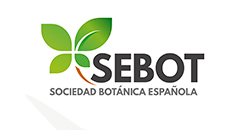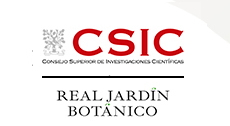Scientific Area
Abstract Detail
Nº613/1171 - Species delimitation in intensively hybridising genera based on herbarium specimens – the CARRARA approach
Format: ORAL
Authors
Lara Escherich1, Marco Dorfner1, Frank H. Hellwig2, Robert Vogt3 Christoph Oberprieler1
Affiliations
1 University of Regensburg, Regensburg, Germany.
2 Friedrich-Schiller-University Jena, Jena, Germany.
3 Freie Universität Berlin, Berlin, Germany.
Abstract
In contrast to polyploid species formation, the high frequency of homoploid hybridisation among flowering plant species poses an even harder problem for an objective discovery and naming of phytodiversity. The formation of so-called syngameons and of introgressive hybrid swarms are incompatible with the biological species concept (BSC) and urge for additional criteria to delimit species in plant taxonomy. Even greater problems for species delimitation in hybridising plant groups arise when the biological situation is not studied and evaluated in the field, but a taxonomic judgement has to be based on herbarium specimens due to the deliberate or unavoidable abstinence from additional field work and/or the wilful usage of the rich treasure of plant specimens in museum collections. The different criteria stressed in the opposed species concepts varies among separate speciation events and are best considered being just mere indicators for independently evolving metapopulation lineages (the unified species concept of De Queiroz).
The Carrara approach to species delimitation in intensively hybridising plant groups follows the idea of classifying metapopulation systems as infraspecific entities (subspecies) vs. species by discriminating between primary and secondary hybrid zones. By implementing high-throughput molecular techniques based on herbarium material (AFLPseq) in combination with the automated extraction of morphological characters and ecological niche-modelling based on museum material, we aim at the fast discovery and delimitation of evolutionary significant units (species) without the necessity of additional field work. Our approach will be exemplified in two plant groups of the sunflower family (Compositae, Asteraceae) known for their critical taxonomy caused by extensive hybridisation: the Senecio nemorensis syngameon (8 species) in Europe and the genus Baccharis L. in Chile (14 species, 26 hybrid combinations).




